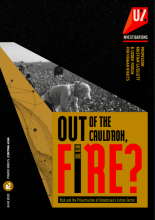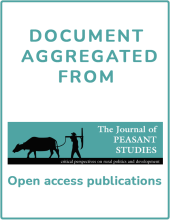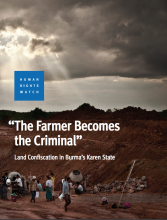Land Library
Welcome to the Land Portal Library. Explore our vast collection of open-access resources (over 74,000) including reports, journal articles, research papers, peer-reviewed publications, legal documents, videos and much more.
/ library resources
Showing items 1 through 9 of 119.Ulster University and the Uzbek Forum for Human Rights has released the first sector wide study on corporate integrity in Uzbekistan.
How do authoritarian populist regimes emerge within the European Union in the twenty-first century? In Hungary, land grabbing by oligarchs have been one of the pillars maintaining Prime Minister Orbán’s regime.
This report documents the violent clashes between members of farmer communities and members of herder communities in parts of Nigeria, particularly in the northern parts of the country, over access to resources: water, land and pasture.
Based on a theoretical discussion from global perspective the paper describes present rural land administration and management structure in Bangladesh. Bangladesh is a land scarce country with high-density population.
In Burma, where 70 percent of people earn a living through agriculture, securing land is often equivalent to securing a livelihood.
This issue includes the following
headings: Changes in Poverty and Female-Headed Households in
Africa; Growth and Capital Inflows in Africa; Growth and
Capital Inflows in Africa; Vulnerability to Climate Change
Jim Yong Kim, President of the World Bank Group, discusses fundamental issues in global development and
the World Bank Group's role in helping countries and
the private sector meet the greatest challenges in
development. He speaks
Myanmar grew at an estimated 8.5 percent
in real terms in 2014-15. Economic reforms have supported
consumer and investor confidence despite business
environment and socio-political challenges. The economic
Honduras’ recent economic performance
has been positive, especially taking into account the global
economic context. Real Gross Domestic Product (GDP) growth
accelerated from 2.8 percent in 2013 to 3.1 percent in 2014






